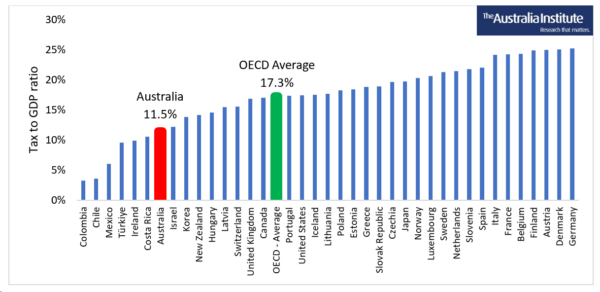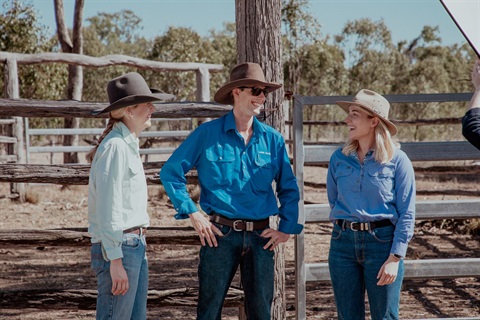New data released today by Australia’s leading independence voice of reason on drug policy, Penington Institute, shows that in the five years from 2014 to 2018 more Territorians died of overdoses than as drivers in fatal car accidents.
Over this period, there were 73 unintentional overdose deaths in the NT, compared to 66 driver deaths.
When comparing the five years from 2004 to 2008 with the five years from 2014 to 2018, Australia’s Annual Overdose Report 2020 shows there were increases to unintentional overdose deaths recorded for all major drug types in the Northern Territory.
Although the total overall rate of unintentional overdose deaths declined slightly over this time, a rate of 5.8 drug-related deaths per 100,000 people is still unacceptably high – and substantially higher than the 4.7 per 100,000 recorded for melanoma in the same year.
In the five years from 2014-2018, 12 NT residents died from unintentional overdoses involving stimulants, 12 from unintentional overdoses involving benzodiazepines, and 16 from pharmaceutical opioids ranging from the codeine we have in our homes to the powerful synthetic drug fentanyl which is driving the latest wave of the ongoing opioid crisis in North America.
As the jurisdiction with the highest proportion of Aboriginal Australian residents, the elevated overdose risk among this cohort is especially important for the Northern Territory to address.
Aboriginal Australians were almost three times as likely to die from an unintentional overdose in 2018, with a rate of deaths of 17.3 per 100,000 population (compared to just 6 per 100,000 for non-Aboriginal Australians)
– well above any individual state or territory in Australia.
In total, 16 Territorians lost their lives to unintentional overdose in 2018 – meaning that, on average, there was close to one unintentional overdose death every three weeks.
Overall, Australia’s Annual Overdose Report 2020 suggests that the Northern Territory continues to face real challenges in keeping its residents, especially Aboriginal Australians, safe from overdose.
As noted by Mr John Ryan, CEO of Penington Institute:
“Australia’s Annual Overdose Report 2020 makes clear that every state and territory has questions to answer and challenges to solve when it comes to drug use and overdose. The Northern Territory is no exception.”
“Over the five years from 2014, about one person every three weeks died of an unintentional overdose in the NT. We can’t accept that – and we should be doing all we can to bring this figure down to zero.”
“We’re glad to note that drug policies including funding for the treatment sector and access to medicinal cannabis have been discussed more widely in the run-up to the Northern Territory election.”
“Having honest conversations about drug issues, including overdose, is vital to removing the stigma and shame that prevent so many people from ever seeking support for their own use or the drug use of their loved ones.”
“Australia’s Annual Overdose Report should be a reminder for our elected officials about how much more we could be doing, but we also want it to be something that starts a meaningful conversation in our communities about our attitudes to drugs.”
“Overdose is Australia’s hidden health crisis. By releasing this Report, we’re looking to have a better-informed conversation and bring it out of the shadows. Penington Institute is releasing this year’s Annual Overdose Report on International Overdose Awareness Day, the world’s largest annual campaign to end overdose, remember those who have died without stigma and acknowledge the grief of the family and friends left behind.”
“International Overdose Awareness Day was first observed in Melbourne in 2001. This year is the 20th IOAD and it is being recognised with events around the world, including some of our most iconic landmarks being lit purple.”
Glossary
Drug types | Common examples |
Illicit opioids | Heroin |
Pharmaceutical opioids | Oxycodone, Codeine, Fentanyl |
Stimulants | Methamphetamine (“ice”), Ecstasy (MDMA) |
Cannabinoids | CBD, Synthetic cannabis, Hashish |
Benzodiazepines | Diazepam, Temazepam |
Anti-depressants | Zoloft, Prozac, Lexapro |
Anti-psychotics | Quetiapine, Olanzapine, Risperidone |
Anti-convulsants | Pregabalin, Gabapentin |
About Penington Institute
Penington Institute connects lived experience and research to improve community safety in relation to drugs, including alcohol and pharmaceuticals.







